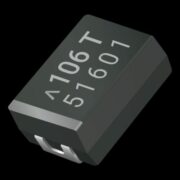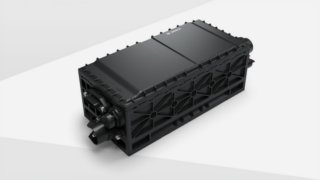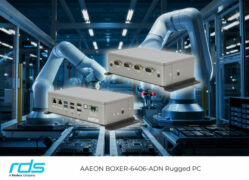Electrical and electronic components come in a wide variety of sizes and mounting technologies. The classic is the through hole technology (THT), its modern counterpart is the surface-mounting technology (SMT). Unfortunately, these two technologies, which are combined in almost every electronic device, require different soldering methods. A dilemma? Yes and no.
The use of two technologies has consequences in the soldering process. For the EMS provider, this means that each board must undergo two soldering processes. One for the surface-mounted components (reflow method) and a second for the components in through-hole assembly (wave soldering. It goes without saying that two soldering processes are associated with significantly higher costs and a longer production time. In addition, two soldering systems must be available. But there are other disadvantages as well. High temperatures will shorten the lifetime of any electronic component, manual placement of the components for the second soldering cycle in the wave bath involves a massively increased risk of incorrect placement.
With this in mind, we should once again look at the circuit protection of a fully automatically assembled PCB. It would be highly advantageous to install a fuse holder on the SMT board, which can also be soldered in the reflow process. The SCHURTER’s OGN is a classic example. The open fuseholder is designed for 5×20 fuses of various rated currents and tripping characteristics. If desired, it can also be easily converted into a closed fuse holder by means of a cover.










